What Is the Pegan Diet? What Happens When Paleo Meets Vegan
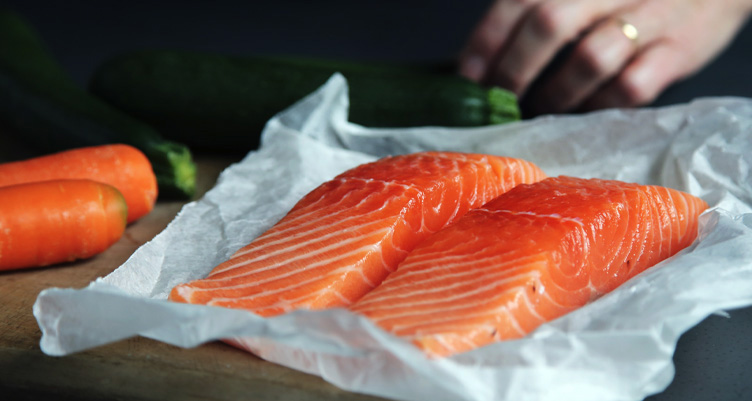
- Developed by Dr. Mark Hyman, the pegan diet is a mash-up of paleo and vegan diet principles.
- Filling 75% of your plate with vegetables, this diet provides for plenty of fiber, nutrients and energy while helping you balance blood sugar and reduce inflammation.
- Refined oils, processed meats, dairy, grains and beans are a no-go, but veggies, nuts, fruit and sustainably raised animal products are go-to staples.
- The pegan diet and the Bulletproof Diet have some similarities, but differ on certain principles. Find what works for you, and eat more vegetables — that’s something everyone can agree on.
The pegan might have been named for the paleo and vegan diets, but it doesn’t require you to eat like a caveman and banish animal products. The diet is a set of eating habits that Dr. Mark Hyman believes reflect what our bodies need to maintain optimal health.
The majority of the diet is vegetable-focused. It’s supplemented with small amounts of organically-sourced proteins, all while eliminating some foods that may cause inflammation or raise your blood sugar. In that way, it has a lot in common with the Bulletproof Diet, with some key differences. Keep reading to get the details.
What is the pegan diet?
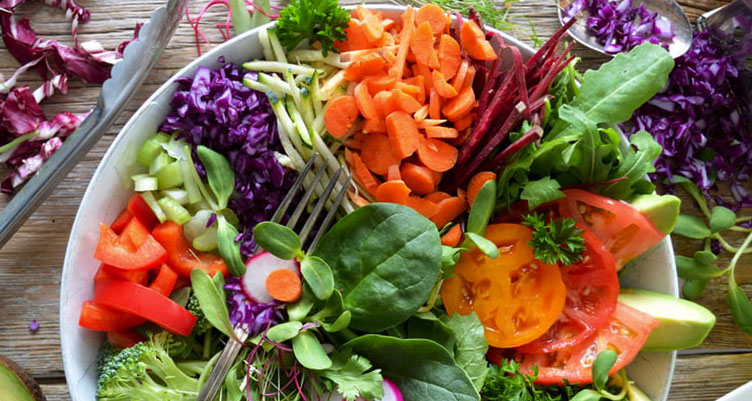
Dr. Hyman first mentioned the pegan diet in 2014 on his blog. After getting fed up with conflicting health science, his approach was embrace the foods that research proved were universally good for you, and to follow the habits of healthy eating that everyone seemed to agree on.
The pegan diet flew under the radar for a few years. But then in 2019, inquiries for eating pegan skyrocketed 337% on Pinterest. Maybe the reason it’s rising in popularity is that it advocates for something the paleo and vegan diets don’t — a wider variety of foods in moderation.
What foods can you eat on the pegan diet?
Going pegan means stuffing your fridge with veggies. They should be 75% of what you eat.[1] Fill the rest of your plate with colorful fruits and sustainably raised protein, and prepare it all with healthy fats like coconut oil or grass-fed butter.
These are the go-tos of a pegan diet:
- The majority of your diet should be vegetables: Stick to organic vegetables that are high in fiber. Limit veggies high in sugar such as potatoes, peas and corn. Once your meal is assembled, your plate should be filled with at least 75% veggies.
- Eat small amounts of fruit: Include a small portion of fruit in your diet in a rainbow of colors.
- Healthy, plant-based fats: These are all products made from unprocessed nuts (except peanuts), seeds, avocados, olives and coconut. That includes fats from grass-fed butter, too.
- Unprocessed cooking oils: When cooking or seasoning a meal, reach for cooking fats like coconut oil, avocado oil or extra virgin olive oil. Avoid vegetable oils like canola and sunflower oils. Find out why canola oil is bad news.
- Sustainably raised animal products: Get the vital protein you need with organic, sustainably raised meats, wild-caught fish and pasture-raised eggs. Also, eat it like a side-dish or condiment — not the main course.
What foods should you avoid on the pegan diet?
Dr. Hyman outlines a list of foods to steer away from, along with the reasons why they should be avoided. Here’s a summary:
- Refined oils: Most oils, such as soybean, sunflower, canola and corn oil are typically processed with solvents and bleaches. Read the labels on packaged goods because partially hydrogenated oils can hide everywhere.
- Processed meats: Think meat snacks, sausage or pepperoni. If it’s salty and meaty, unless it’s sustainably sourced, just find another source of protein.
- Conventional dairy: Milk, yogurt and even plain cream can contain hormones, antibiotics, or preservatives. And while you may not be lactose-intolerant, milk can cause inflammation in many people who just haven’t noticed it yet. Sheep and goat milk products are less likely to cause inflammation than cow milk, but only have a little, and only once in a while.
- Grains: Grains can affect your insulin response. Grains containing gluten can cause inflammation, even if you’re not celiac. Try to avoid them. Gluten-free grains like black rice, millet or quinoa can help round a meal, but don’t base your dinner on them.
- Starchy legumes: Starchy legumes are full of carbohydrates. They can spike your blood sugar and cause digestive problems. If you have legumes, have them in moderation. Dr. Hyman recommends lower-carb legumes like lentils, rather than black beans and chickpeas.
- Sugar: Think of sugar as a rare, occasional treat. Many of us come across a slice of birthday cake at a social gathering or a free doughnut at a business meeting — that should be enough.
How to go grocery shopping on the pegan diet
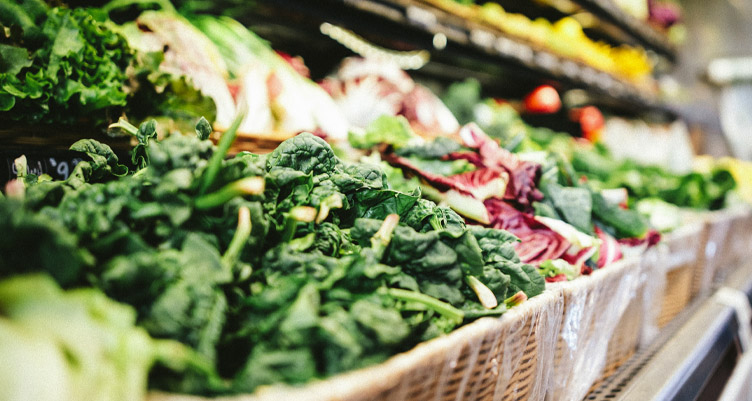
The pegan framework considers food to be anything that comes out of the ground, off a tree or can be caught or farmed sustainably and cleanly. Food isn’t manufactured. If it’s chemically fertilized, processed or preserved, according to the pegan diet, it’s not food.
- Throw out the carbs: Look for foods low in sugar. Avoid anything with flour or simple carbohydrates — that means no bread, bagels, crackers or sweets.
- Read the labels and ask the butcher or produce clerk: Don’t grab anything with hormones, antibiotics, pesticides, fertilizers, additives, dyes, preservatives, MSG or artificial sweeteners. For this, you really have to visit your local farmer’s market, talk to store clerks and do your homework.
- Variety is key, but don’t shop with your sweet tooth: Don’t over-do it on high-sugar fruits like apples and bananas. Avoid low-fiber, high-sugar vegetables like potatoes, peas and corn. Grab a diverse palette of colors, forms and flavors from the produce aisle.
- Add some quality fats: Include quality fats like avocado, olives, healthy oil, nuts and seeds with each meal.
- Ensure adequate protein: For appetite control and building muscle, pick up organic eggs; wild-caught, low-mercury fish such as sardines, herring, anchovies or salmon; or sustainably sourced, organic meat. Shop for meat like you’d shop for a side dish — just enough to supplement your meal.
What sets the pegan diet apart?

The pegan diet sounds an awful lot like many other popular diets, but there are a few critical differences. Here is a quick breakdown:
Paleo diet vs. pegan diet
The paleo diet doesn’t allow any legumes. It allows some starchy root vegetables, like sweet potatoes and cassava, and suggests that at least 30-35% of your diet come from protein.[2] That’s a lot of protein. Strict paleo dieters avoid all dairy, but the pegan diet allows some goat and sheep milk in moderation.
Vegan diet vs. pegan diet
The pegan diet breaks the vegan cardinal rule in allowing animal products. If you’re vegan, you might get your protein from legumes like lentils and black beans, which are only allowed in moderation on the pegan diet.
The Bulletproof Diet vs. pegan diet
There are three big differences between the Bulletproof Diet and the pegan diet:
- The Bulletproof Diet places greater emphasis on avoiding inflammatory foods: The pegan diet allows some whole grains and lentils in moderation. On the Bulletproof Diet, you want to avoid these foods whenever possible because they still contain anti-nutrients like phytic acid, lectins and inflammatory proteins — not good if you have food sensitivities.
- The Bulletproof Diet supports a ketogenic lifestyle: On the Bulletproof Diet, you eat about 50-70% fats, 20% vegetables, 20% protein and 5% fruits/starches. This ratio puts you in a fat-burning state called ketosis, which may also help to alleviate some inflammation.
- Intermittent fasting is part of the Bulletproof Diet: Intermittent fasting isn’t required, but it’s an option on the Bulletproof Diet Roadmap because it also may help with inflammation and blood sugar.
In general, it’s healthy to limit processed foods, avoid sugar, eat more quality fats and eat more vegetables. The pegan diet is one way to get there.
Our perspective is, go with your gut. There are dozens of variations on each type of diet. The key is to start with one that seems like it fits your lifestyle and dietary needs. Don’t just eliminate food groups without understanding why you’re eliminating them. For example, carbs aren’t inherently bad — it’s just that the ingredients in certain carbohydrate-rich foods might make you feel worse than others. Cutting back on foods like legumes, dairy and gluten means avoiding common trigger foods. If you have food sensitivities and don’t know it, see how you feel after eliminating them.
The most healthy diet is the one that works best for your body. Experiment, pay attention, tweak and experiment some more. That’s what being Bulletproof is all about. You’ll continue to make improvements as you keep feeling better.
Related: The Bulletproof Diet vs. Paleo vs. Ketogenic Diets: What’s the Difference?
What does a pegan meal look like?
The good news is many Bulletproof recipes fit into the pegan diet. Here are a few of our favorites to get you started eating pegan:
Keto Eggs Benedict
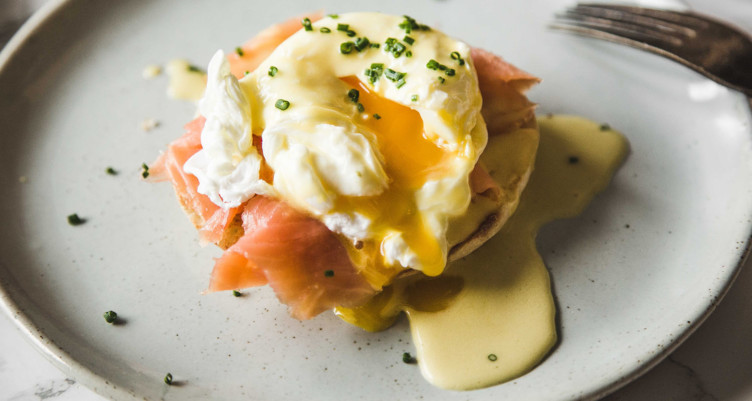
This is a delicious spin on a morning favorite. In this recipe, you swap the carbs for a savory coconut flour muffin, and replace the ham with omega 3-rich smoked salmon.
Low-Carb Dumpling Cabbage Wraps
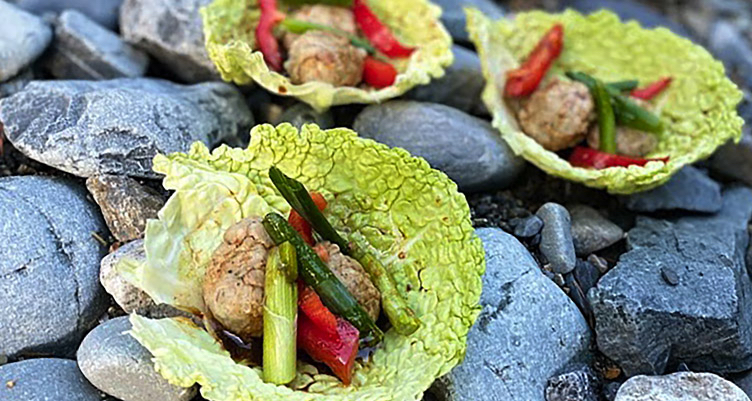
Ditch the tortilla and wrap your dinner in a cabbage leaf. In these wraps, the meat plays a backup role to the veggies that pack each dumpling with flavor. Drippy, saucy, finger-licking deliciousness.
Keto Chopped Salad
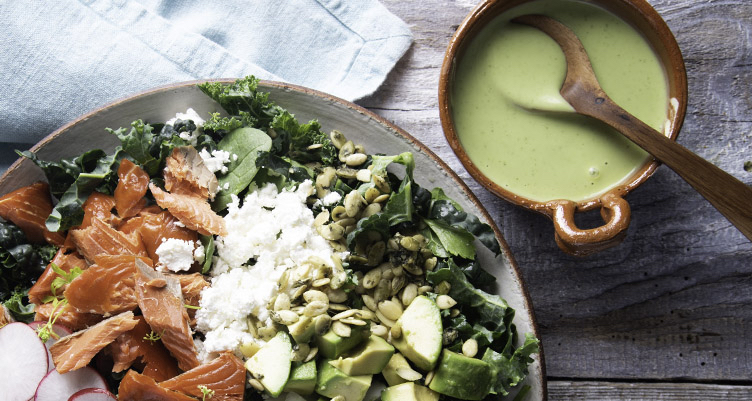
This recipe scores high in pegan points. Avocado and olive oil deliver the healthy fats, while eggs and salmon pack in the protein over a bed of your favorite salad greens. A creamy, zesty avocado dressing brings it all together.
One-Pan Keto Crack Slaw
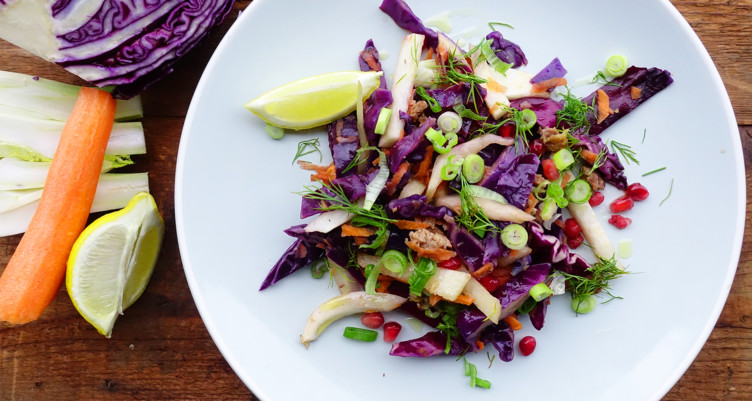
Garlic, ginger and fennel give this recipe a rich flavor. Coconut oil and aminos provide quality fats, while grated veggies deliver a crunchy, fresh texture.
Crispy Keto Cauliflower Tater Tots
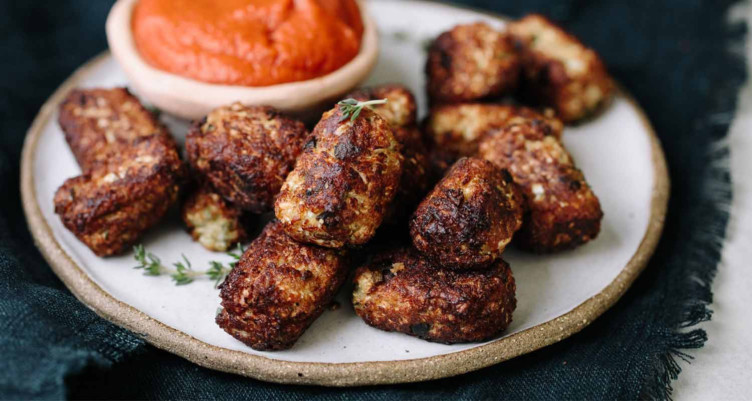
When you’re dying for a carb fix, this one hits the spot. Almond or coconut flour keep it pegan. Find an organic source for your beef lard or tallow.
If you’re looking for more pegan meal ideas, check out our Bulletproof main dish recipes here.
Sign up for early access to sales, product launches, the latest Bulletproof news and more!



